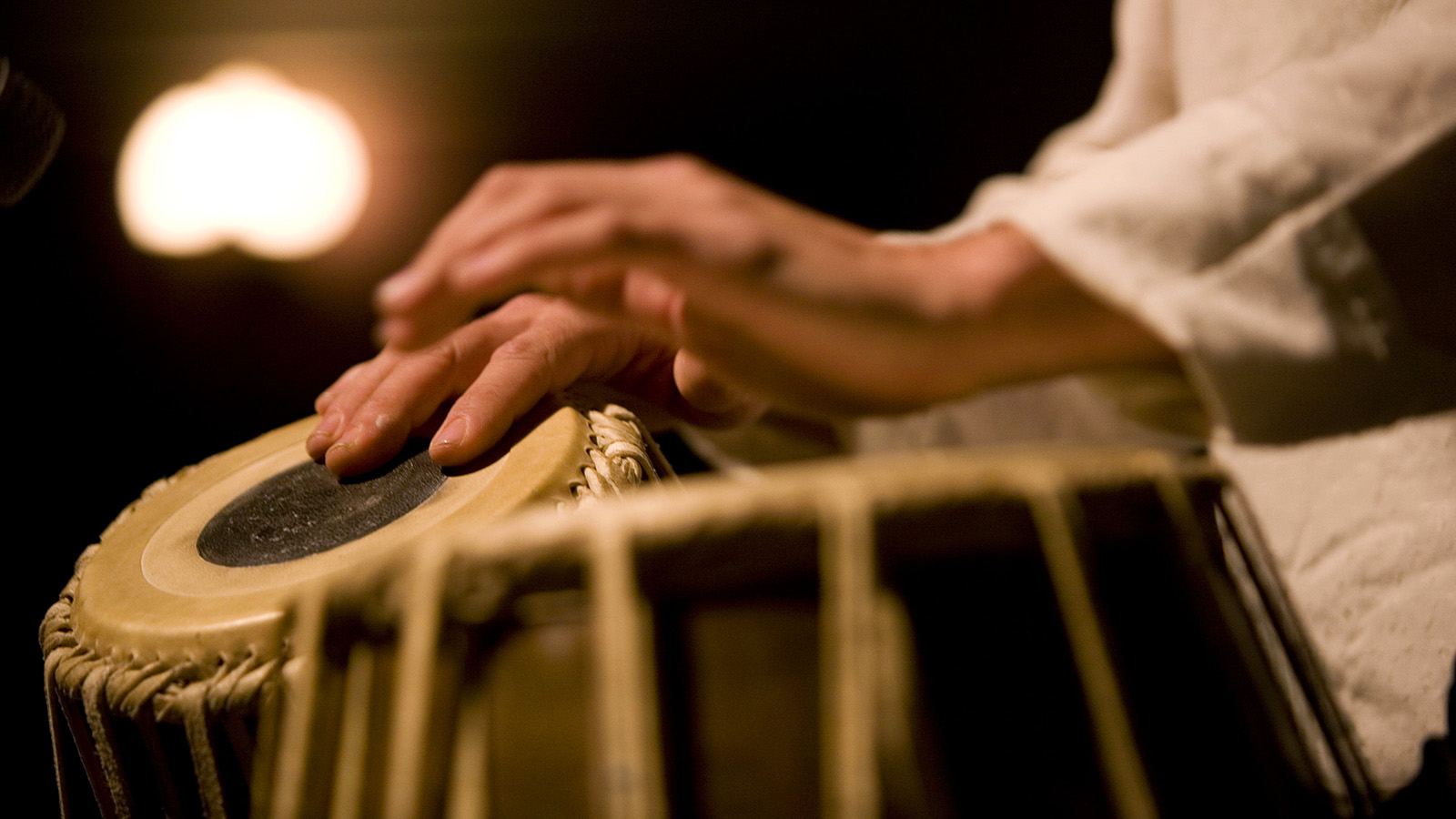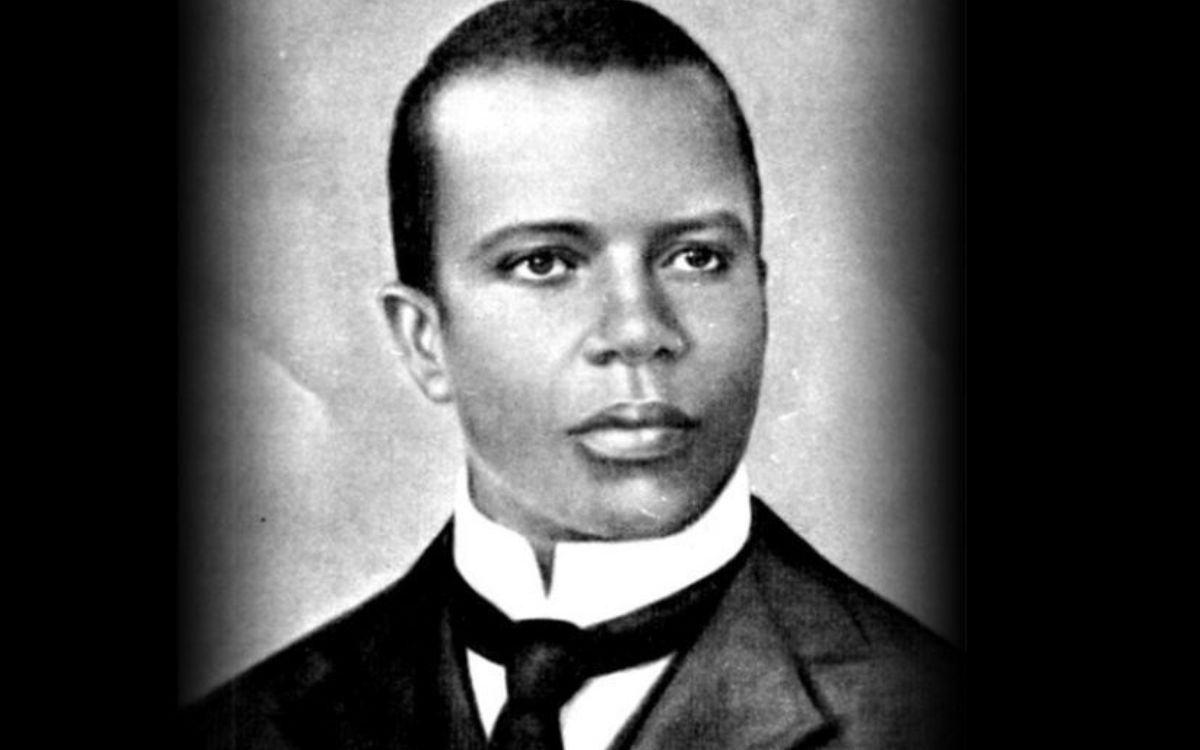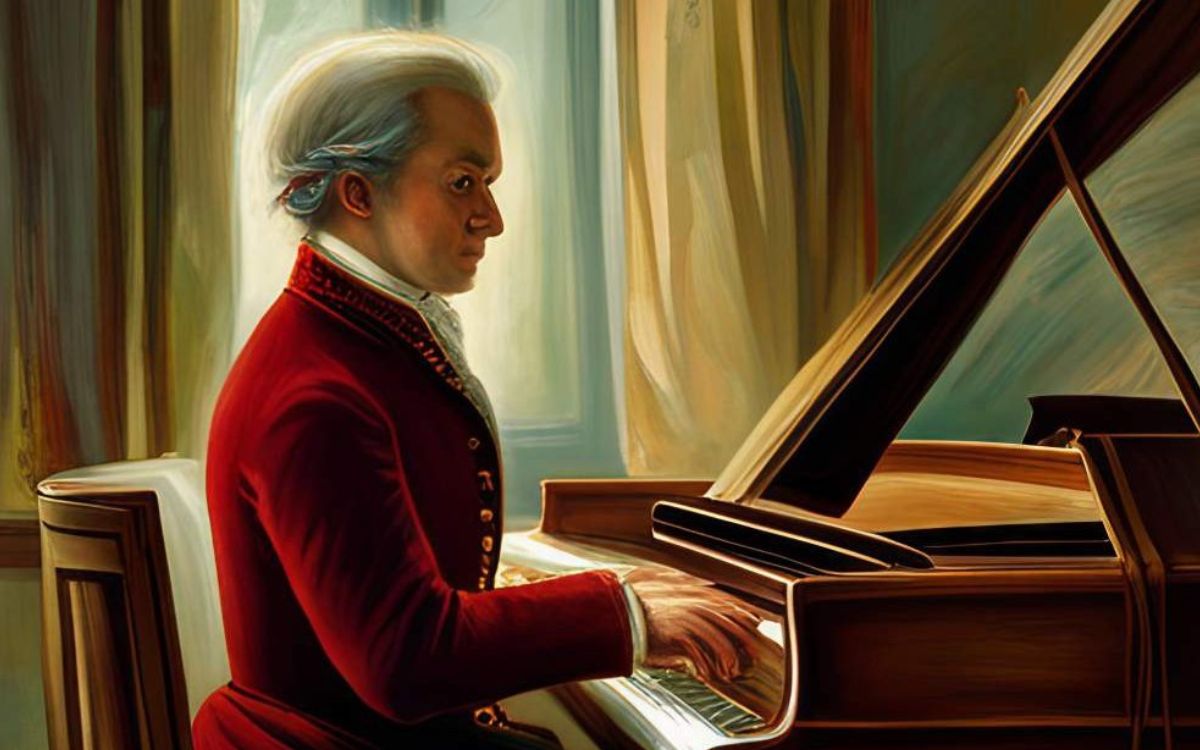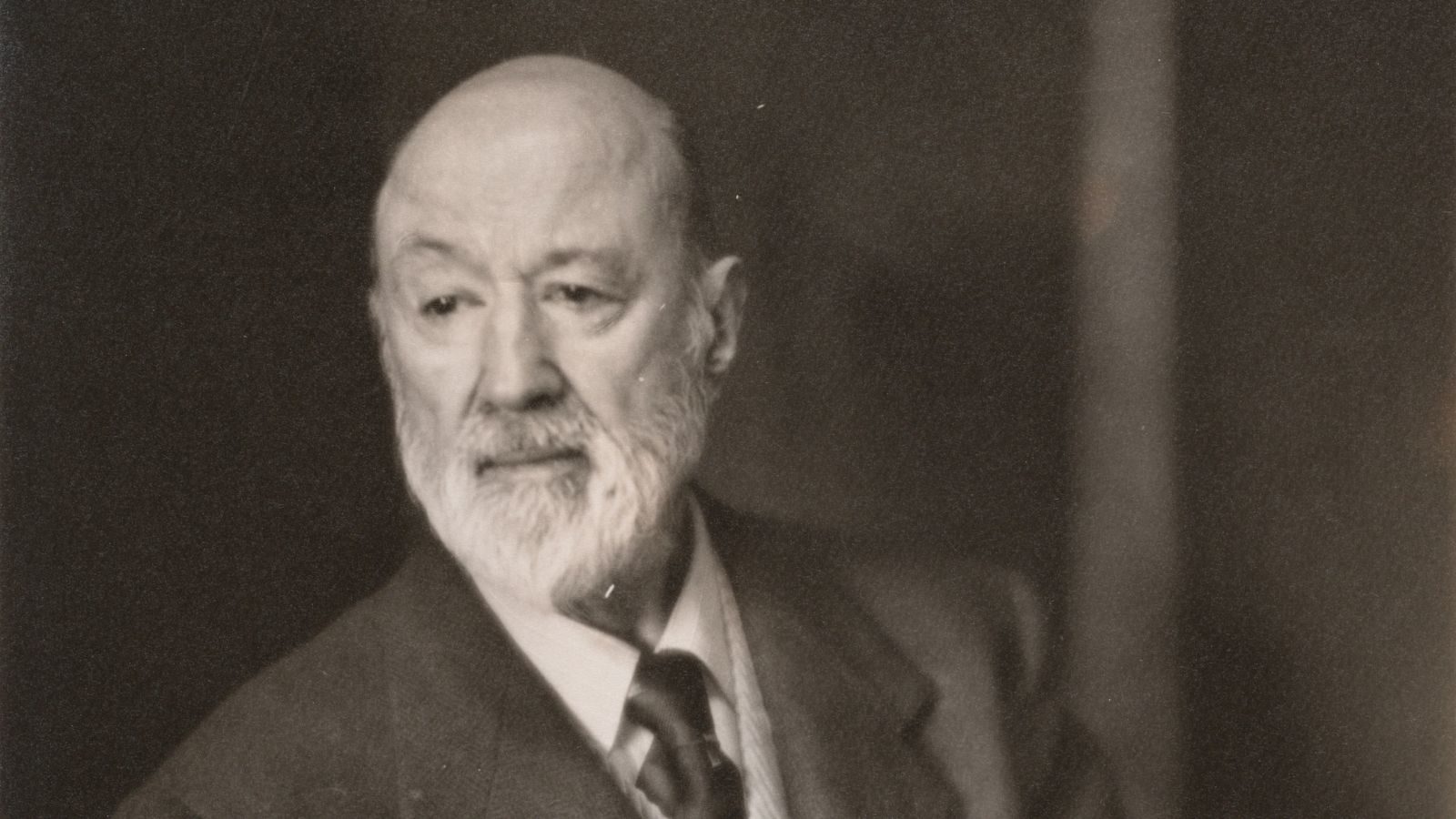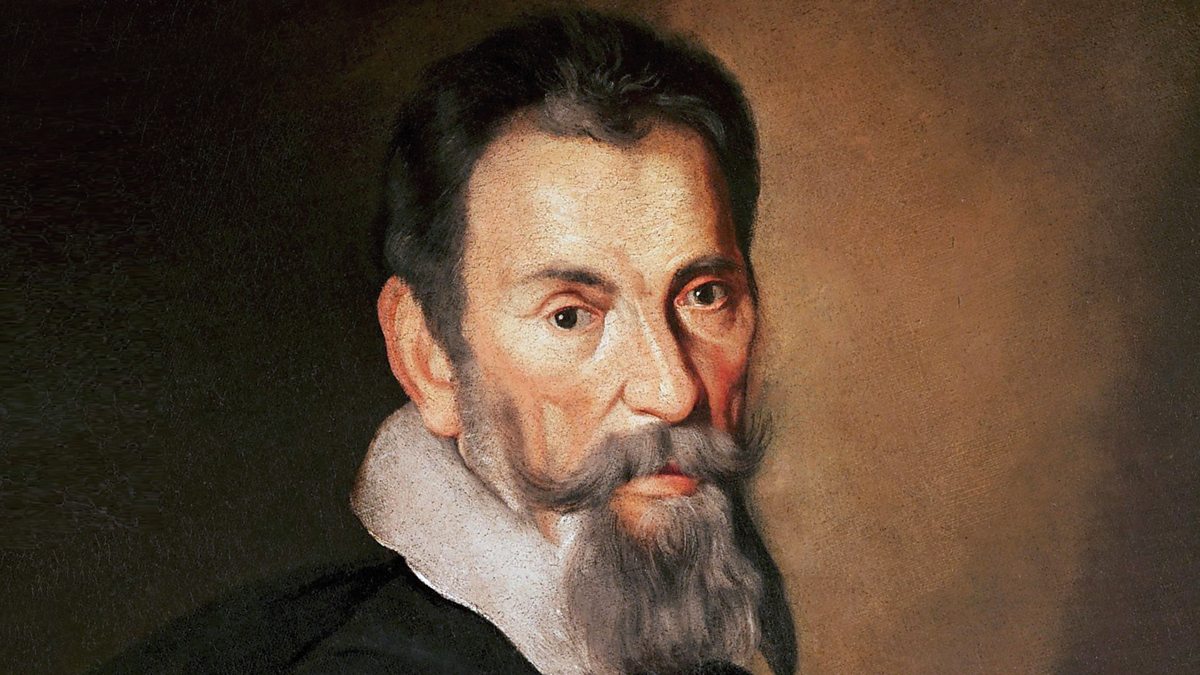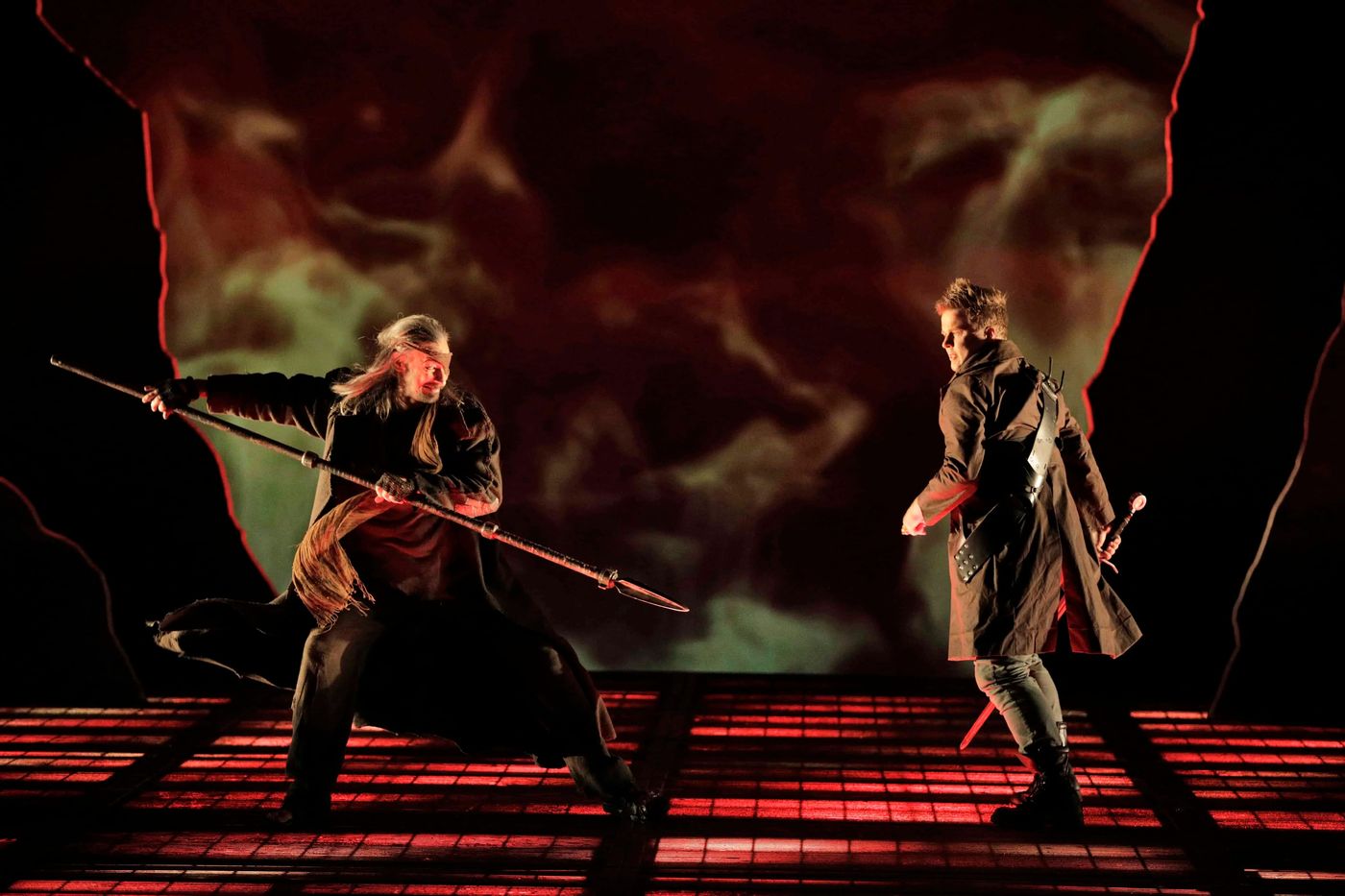Home>Production & Technology>Composer>Which Composer Was Part Of The Ars Nova Movement?
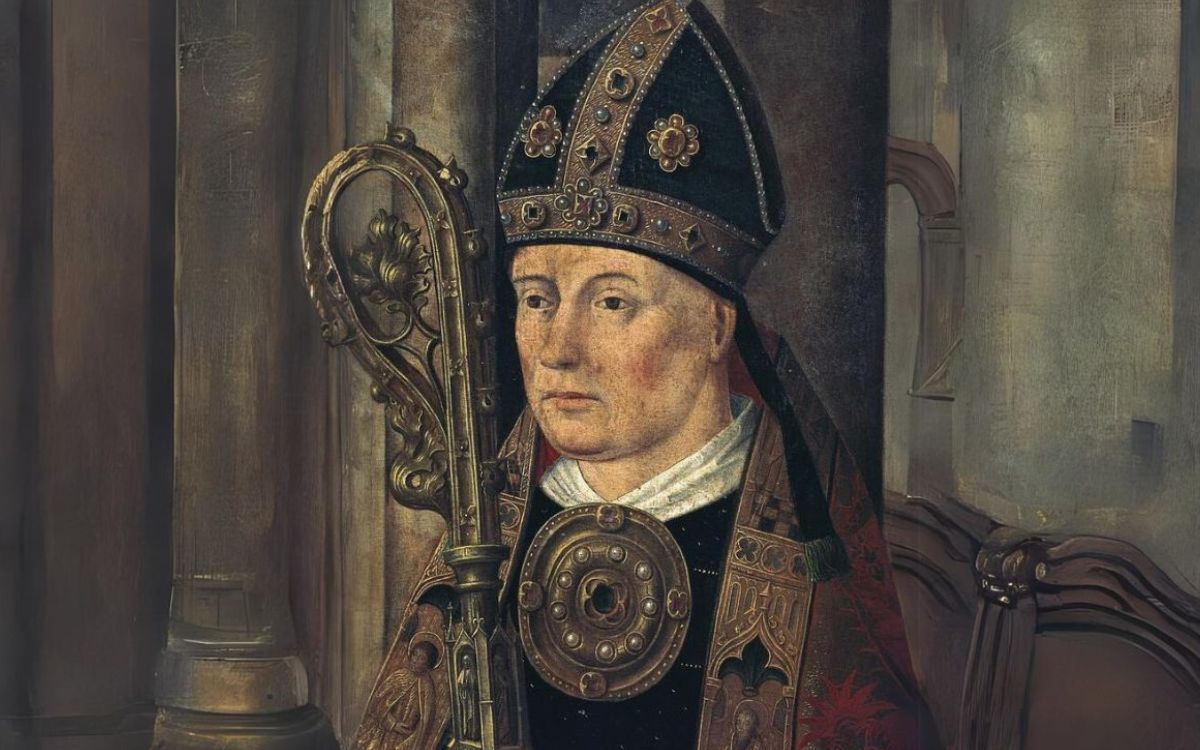

Composer
Which Composer Was Part Of The Ars Nova Movement?
Published: December 6, 2023
Discover the influential composer who was part of the groundbreaking Ars Nova movement, reshaping the future of musical composition and innovation.
(Many of the links in this article redirect to a specific reviewed product. Your purchase of these products through affiliate links helps to generate commission for AudioLover.com, at no extra cost. Learn more)
Table of Contents
Introduction
The Ars Nova movement is a significant period in the history of Western classical music that emerged in the 14th century. It was a time of great innovation and artistic growth, particularly in France and Italy. The term “Ars Nova” translates to “New Art” in Latin, and it was coined to describe the groundbreaking compositional techniques and musical styles that were developing during this time.
The Ars Nova movement represented a shift away from the more restrictive and formulaic approach of the previous era, known as the Ars Antiqua. Composers of the Ars Nova sought to push the boundaries of musical expression by introducing new rhythmic complexities, harmonies, and melodic structures. These innovations laid the foundation for the musical language that would evolve in the centuries to come.
The Ars Nova movement also had a profound impact on the development of polyphony, which refers to the art of combining multiple voices or musical lines. Composers began exploring intricate and sophisticated polyphonic textures, allowing for greater expressive possibilities and emotional depth in their compositions.
In this article, we will delve into the world of the Ars Nova movement and explore the significant role played by one particular composer: Guillaume de Machaut. We will examine the defining characteristics of the Ars Nova style, its historical context, and how it shaped the future of classical music. Join us on this journey as we uncover the fascinating world of the Ars Nova movement and its enduring impact on the world of music.
Definition of the Ars Nova Movement
The Ars Nova movement, which emerged in the 14th century, was a significant turning point in the history of Western classical music. The term “Ars Nova” translates to “New Art” in Latin, reflecting the innovative and revolutionary nature of the musical developments during this time.
The Ars Nova movement represented a departure from the earlier Ars Antiqua style, which was characterized by simple rhythmic patterns, limited harmonies, and relatively straightforward melodies. Composers of the Ars Nova sought to break free from these constraints and explore new possibilities in rhythm, harmony, and melody.
One of the key distinguishing features of the Ars Nova style was its complex rhythmic notation system. Prior to this period, rhythm in music was primarily indicated using modal values, such as longa, breve, and semibreve. However, in the Ars Nova era, composers introduced more precise rhythmic notations, including the use of different note durations, such as the minim, crotchet, and quaver.
This newfound rhythmic flexibility allowed composers to create intricate and syncopated rhythms, adding a sense of energy and excitement to their compositions. It also opened new possibilities for polyphonic composition, where multiple voices or lines intertwine harmonically.
Harmony also underwent significant developments during the Ars Nova period. Composers began to experiment with more dissonant intervals, such as the fourth and the seventh, which were considered unconventional in the previous era. This exploration of dissonance and its resolution added depth and emotional complexity to their compositions.
Melodically, the Ars Nova style embraced a greater sense of individuality and expressiveness. Composers started to prioritize melodic lines that were more ornate and varied, sometimes deviating from the strict modal frameworks that were prevalent in the Ars Antiqua period.
Overall, the Ars Nova movement was characterized by its pursuit of musical innovation and artistic freedom. It laid the groundwork for the developments that would come to define later periods of classical music, including the Renaissance and Baroque eras. The Ars Nova composers paved the way for future generations by pushing the boundaries of musical expression and establishing a new artistic language that would shape the course of Western classical music.
Overview of Composers in the Ars Nova Movement
The Ars Nova movement brought forth a wave of talented and visionary composers who embraced the spirit of innovation and artistic experimentation. These composers played a crucial role in shaping the musical landscape of the 14th century and beyond. Let’s take a closer look at some of the notable figures of the Ars Nova movement.
1. Guillaume de Machaut: Guillaume de Machaut was a highly influential French composer and poet of the 14th century. He is often considered one of the greatest composers of the Ars Nova period. Machaut’s compositions showcased intricate polyphonic textures, complex rhythmic structures, and expressive melodies. His influential works include the “Messe de Nostre Dame,” a monumental polyphonic mass that propelled him to fame.
2. Philippe de Vitry: Philippe de Vitry was a French composer, music theorist, and poet. He is credited with introducing the Ars Nova style to France and is known for his treatise “Ars Nova,” which outlined the new musical techniques and notational innovations of the era. Vitry’s compositions, such as the motet “Garrit Gallus,” showcased his mastery of rhythmic complexities and innovative use of isorhythm.
3. Francesco Landini: Francesco Landini was an Italian composer, organist, and poet. He was an influential figure in the Italian Ars Nova movement. Landini’s compositions were characterized by lush harmonies, melodic elegance, and virtuosic keyboard writing. His most famous work is the ballata “Ecco la primavera,” which epitomizes the sweetness and lyricism of Italian Ars Nova.
4. Johannes Ciconia: Johannes Ciconia was a composer and music theorist of Belgian-Italian descent. He is known for bridging the gap between the Ars Nova and Renaissance periods. Ciconia’s compositions exhibited a blend of Ars Nova complexities and early Renaissance harmonies. His motet “O Rosa Bella” is a prime example of his innovative approach to composition.
These composers, along with numerous others, pushed the boundaries of musical expression and embraced the artistic freedom offered by the Ars Nova movement. Their compositions laid the foundation for the future development of Western classical music, influencing generations of composers to come.
It is important to note that the Ars Nova movement was not confined to a specific region or nationality. It found expression across various European countries, each contributing unique perspectives and musical innovations to the movement. The collective vision and creative genius of these composers propelled the Ars Nova movement forward, leaving an indelible mark on the history of Western classical music.
The Role of Guillaume de Machaut
Guillaume de Machaut, a prominent figure of the Ars Nova movement, played a significant role in shaping the musical landscape of the 14th century and beyond. As a composer, poet, and musician, Machaut’s contributions were groundbreaking and influential in the development of Western classical music.
Machaut’s works showcased the complexities and innovations of the Ars Nova style. One of his most celebrated compositions is the “Messe de Nostre Dame” (Mass of Our Lady), considered a masterpiece of medieval polyphonic music. This composition, consisting of a complete setting of the Mass Ordinary, demonstrated Machaut’s exceptional skill in crafting intricate and harmonically rich polyphonic textures.
Beyond his sacred compositions, Machaut’s secular works, including chansons and ballades, reflected his poetic talents and his ability to seamlessly interweave text and music. His chansons, such as “Douce Dame Jolie” and “Ma fin est mon commencement,” showcased his melodic inventiveness and lyrical charm.
In addition to his compositional prowess, Machaut’s role extended to music patronage and scholarship. He held important positions as a court musician and secretary to various influential patrons, including John, Duke of Berry. Machaut’s association with the court allowed him access to resources and opportunities to further develop his artistic endeavors.
Machaut also contributed to the theoretical aspects of music with his treatise “Ars Nova,” which systematized the compositional techniques of the Ars Nova movement. This influential work laid the groundwork for future generations of composers by providing a comprehensive guide to the new musical concepts and notations emerging during the time.
Guillaume de Machaut’s legacy extends far beyond his own lifetime. His compositions not only inspired his contemporaries but also influenced later composers, including those of the Renaissance era. His exploration of complex polyphony, textual expression, and innovative forms set a new standard for musical composition and left an indelible mark on the development of Western art music.
To this day, Machaut remains widely celebrated as one of the greatest composers of the Ars Nova movement. His contributions continue to be studied, performed, and admired for their technical mastery, emotional depth, and enduring musical beauty.
Conclusion
The Ars Nova movement stands as a pivotal period in the history of Western classical music, marking a significant shift in compositional techniques, rhythmic complexities, harmonies, and melodic structures. This new art form emerged in the 14th century and paved the way for future developments in music.
During the Ars Nova period, composers like Guillaume de Machaut, Philippe de Vitry, Francesco Landini, and Johannes Ciconia embraced innovation and artistic freedom, pushing the boundaries of musical expression. Their works showcased intricate polyphonic textures, complex rhythmic structures, and expressive melodies.
Guillaume de Machaut, in particular, played a crucial role in shaping the Ars Nova movement. His compositions, such as the “Messe de Nostre Dame,” demonstrated his mastery of polyphony, harmonies, and melodic inventiveness. Machaut’s poetic skills, music patronage, and scholarly contributions through his treatise “Ars Nova” further solidified his impact on the development of Western classical music.
The Ars Nova movement not only transformed the musical landscape of the time but also influenced subsequent eras, including the Renaissance and beyond. The innovation and experimentation of the Ars Nova composers laid the foundation for the future evolution of music, resulting in a rich tapestry of diverse styles and genres.
Today, the legacy of the Ars Nova movement lives on through performances, scholarly research, and the appreciation of this unique musical period. Its influence can be seen and heard in the works of composers throughout history, demonstrating the lasting impact of the visionary composers of the Ars Nova movement.
In conclusion, the Ars Nova movement was a period of artistic renewal and innovation in Western classical music. The composers of this era, including Guillaume de Machaut, left an indelible mark on the history of music through their groundbreaking compositions and their contributions to musical theory. The lasting impact of the Ars Nova movement serves as a testament to the enduring power of creativity and the boundless possibilities of artistic expression.

